When I started out shooting I spent all my time learning about the technical side of photography, you know… aperture, shutter speed, ISO, metering, focusing, etc. But my images still lacked something, but I could not put my finger on what exactly it was. Producing a “good” image was hit or miss for me and I wasn’t sure why. I would see beautiful polished images and I would know those images had that special something. It really wasn’t until I started putting together a Pro portfolio that it dawned on me. My images were lacking in thoughtful compositions. 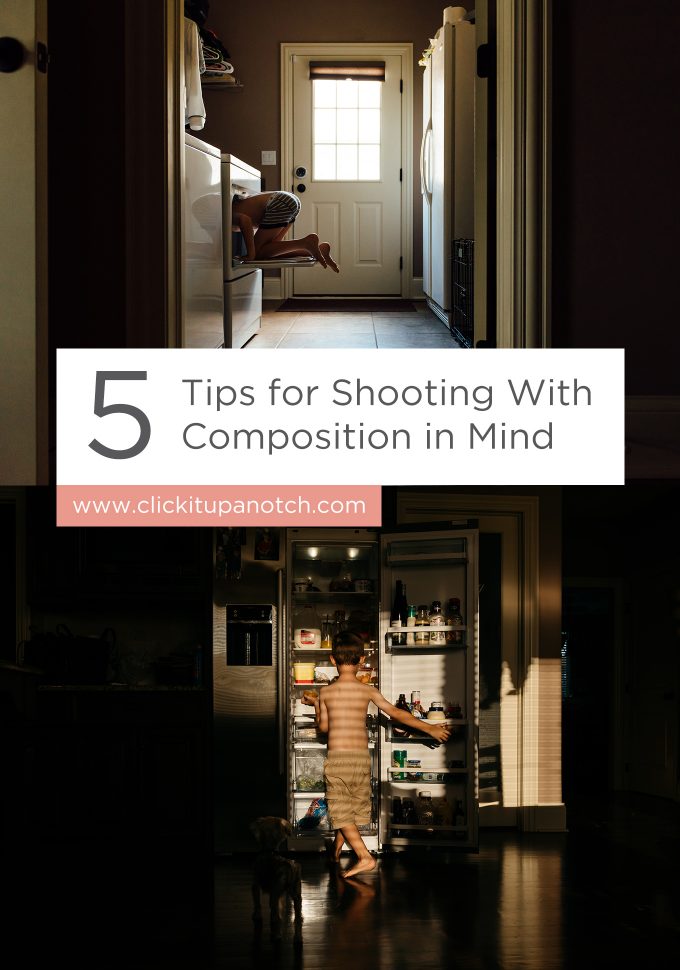
Read more- 11 Photography Composition Rules to Know to Improve your Photography
I never took a class, I just read everything I could about composition all over the internet and started experimenting different compositions and with incorporating different elements. I wanted to share with you some tips on how to shoot with your overall composition in mind.
-
No.01Subject Placement & Distractions
Pay attention to subject placement and watch for distracting objects in the background. There have been so many times I have kicked myself for not looking over the entire image in my viewfinder before clicking the shutter. By subject placement I mean, look for things “growing out of” the subject before taking the image so you can move your subject or shoot at a different angle. In my haste of taking this image I did not notice how poorly placed he is. There is a single tree in the scene that is “growing” right out of his head.
Something else to watch for concerning subject placement are horizontal or vertical lines that intersect body parts of the subject. These lines will make it feel like limb chop.
-
No.02Straight Lines
Shoot straight lines straight. Notice if there are strong lines, either horizontal or vertical in the scene and angle your camera before taking the shot so those are straight. I am the worst crooked shooter but I have been working on this a lot. Yes, you can always straighten the lines in post processing but you will loose parts of your image due to the nature of straightening. Most camera models have a grid or a rule of thirds overlay that you can turn on in your viewfinder. I have found this so helpful when shooting so the lines are straight and it has cut down on my post processing heartache.

Read more: How to Use Leading Lines to Create Amazing Photos
-
No.03What's in the Frame
Be mindful of what you include or exclude from the frame and how that affects your story. The viewer of your image will make assumptions about your intent and the story behind your image by what is purposefully included within the four corners of your frame or excluded from it.
In this image the fact that I included the boy strengthens my story and gives the view context as to what is going on at this moment. If I excluded him, the viewer would have to make assumptions as to why the dog is wet and would not know the full story. BUT if you intent is to have the viewer guessing then my all means exclude any elements from your frame.
One big element that photographers try to exclude is clutter. I am going to try to relieve some of your housework chores and say that you do not necessarily have to exclude clutter from your frame. There are many situations that having clutter in your frame will straighten your story. On the flip side, background clutter would be distracting if included in a portrait style image.
-
No.04Image First, Subject Second
Focus on the overall image first and then the intended subject second. My overall shooting mindset has changed. In a nutshell, instead of thinking “how I can shoot a subject” I thought “how can I shoot this scene with a subject in it.” This image is a perfect example. I wanted to shoot this scene and use the lines and the framing of the couch as a supporting element in my scene. Once I decided the scene, now I needed a subject in it. I used a slow shutter speed to convey his motion.
-
No.05Back Up
Back up! Seems simple enough right? It is a simple thing to do but could take some getting used to. Getting right up on my subject became a bad habit for me. Don’t get me wrong, filling the frame is a good technique also but when you shoot so close you can miss compositional elements in the environment. It also leaves no room for thoughtful subject placement. Backing up and observing the full scene will make is easier to recognize compositional opportunities. Leaving extra room in an image will help you obtain a stronger crop also. For example, the focus points in the viewfinder of my camera are all clustered in the middle so I tend to shoot a few steps back and I will crop out any extra room in post. During the first week of a workshop I teach, a lot of my feedback includes the advice to back up.

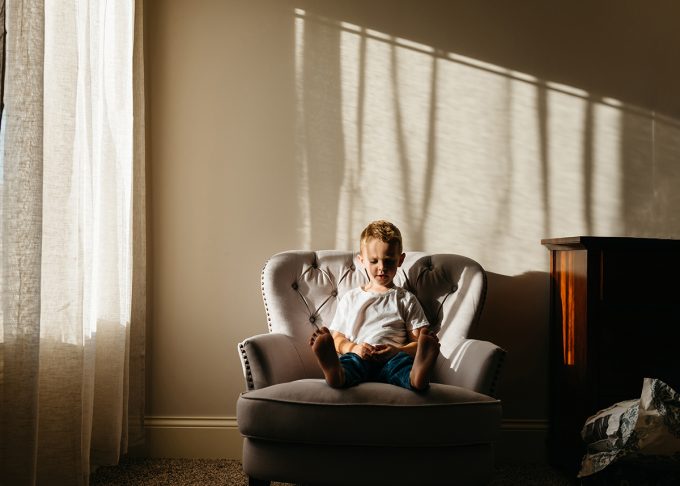
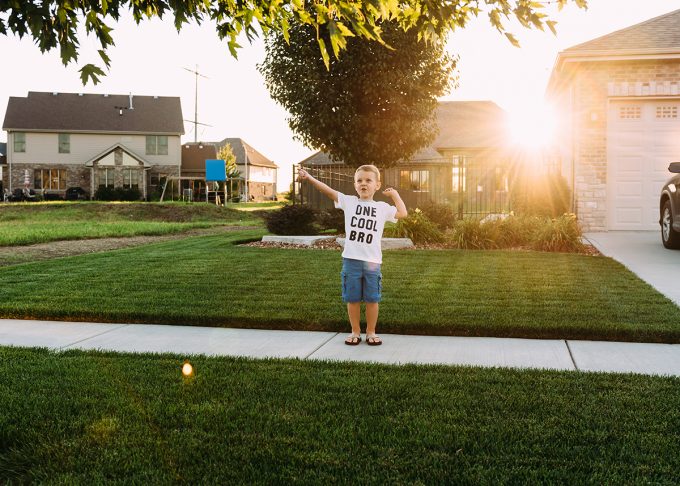 Something else to watch for concerning subject placement are horizontal or vertical lines that intersect body parts of the subject. These lines will make it feel like limb chop.
Something else to watch for concerning subject placement are horizontal or vertical lines that intersect body parts of the subject. These lines will make it feel like limb chop.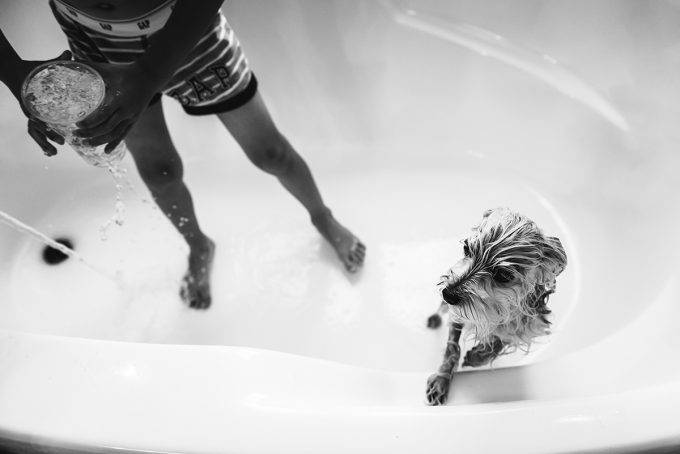 One big element that photographers try to exclude is clutter. I am going to try to relieve some of your housework chores and say that you do not necessarily have to exclude clutter from your frame. There are many situations that having clutter in your frame will straighten your story. On the flip side, background clutter would be distracting if included in a portrait style image.
One big element that photographers try to exclude is clutter. I am going to try to relieve some of your housework chores and say that you do not necessarily have to exclude clutter from your frame. There are many situations that having clutter in your frame will straighten your story. On the flip side, background clutter would be distracting if included in a portrait style image. 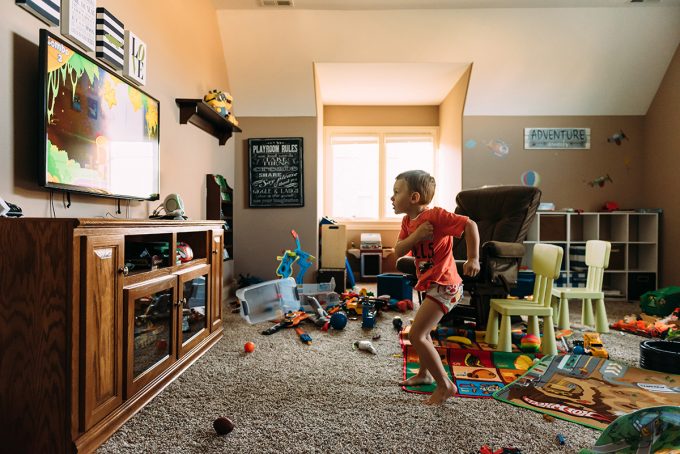
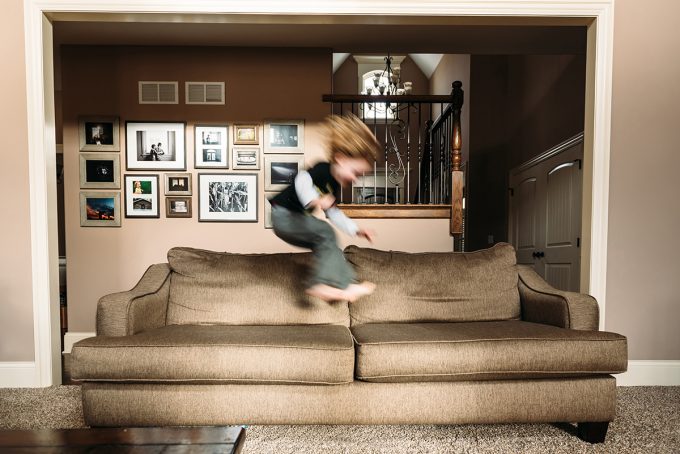
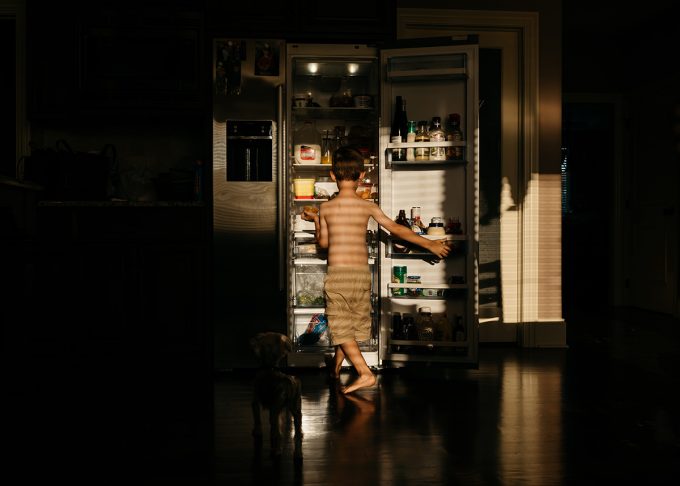






Loved this karen. 😍
Karen’s work is amazing period. On top of that she has a gift and willingness for teaching and sharing her gift with others. I can’t wait to read this book!
I really love all that was shared and will play with all of these ideas. Thanks for sharing it. :)
Excellent, thank you for sharing this information.
Great information even for a old pro…sometimes we get in a rut and forget the important basic lessons…..when you shoot one genre for months, like landscapes, then you have to do a portrait shoot!
Thanks
such wonderful advice… and wonderfully compelling photos, thank you
Thanks for these tips. I really like the “back up” advice which goes right along with take a step to either side.
Thank you so much for sharing this awesome information and photos.